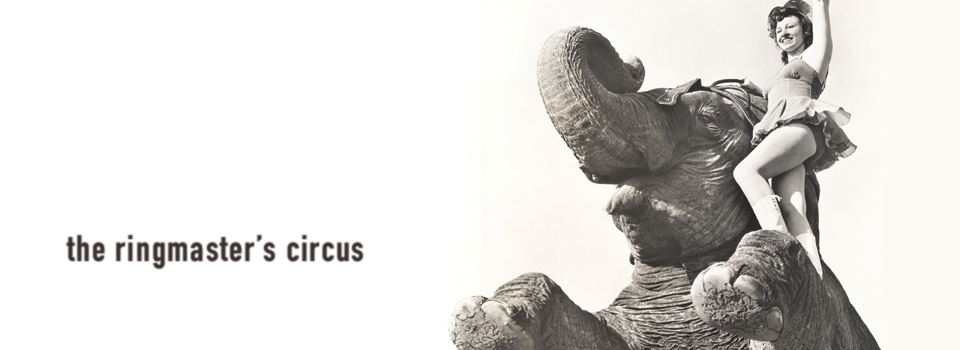At
the heart of the City of Baguio is Burnham Park, a municipal park named after
the American architect and urban planner, Daniel Hudson Burnham who laid the
plans for the city. Numerous roads stretch out around the park leading to Camp
John Hay, a former leisure base of the United States Armed Forces in the
Philippines. It is a charming park looking out over the highest mountain in the
Baguio region, Mount Kabuyao.
Burnham
Park is centered on a man-made lake located at the heart of the city where
tourists can take pleasure in boating with rented boats. You can have a picnic,
attend an outdoor concert, watch a football game, go biking, or just take a
relaxing stroll around the park. At the southern part of the park, a skating
rink was created where skates can be rented.
The
Melvin Jones Grand Stand and Football Field at the eastern part of the park are
customarily used for numerous events like parades, concerts, and political
rallies. On specific Sundays and some special occasions, cadets from the
Philippine Military Academy have parades, reviews or silent drill exhibitions
at the field.
Situated
at the western part of the park are the Children's Park and the Orchidarium.
There are also bike rentals if one so desires. You can rent either single
bikes, tandem bikes or even bikes with sidecars. They even have small bikes for
the little kids of both two and three wheel versions. A bust of Daniel Burnham
was built in the northern section where a rose garden is also located.
With
many homes destroyed in the 1990 earthquake that claimed more than 100 lives in
Baguio City, many supplanted people sought refuge in Burnham Park.
Burnham Park is the perfect place for taking
photographs. Visitors should bring along their cameras when going to the park. Still,
there are professional photographers in the park who offer to take your
pictures. Pictures are usually provided to you within just a few hours.



































